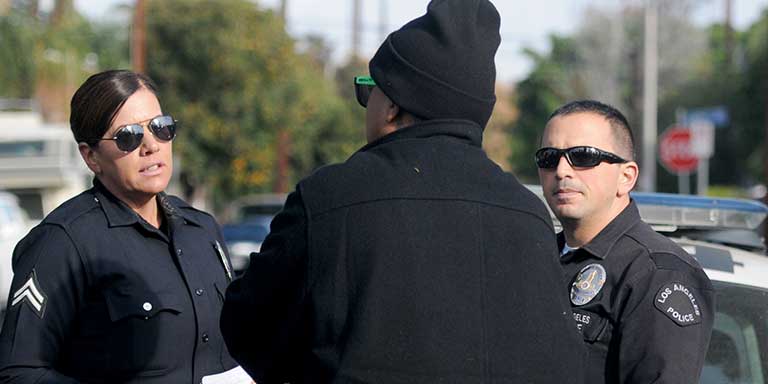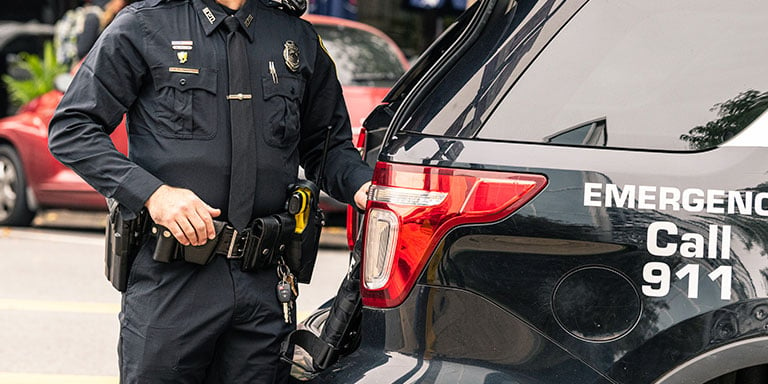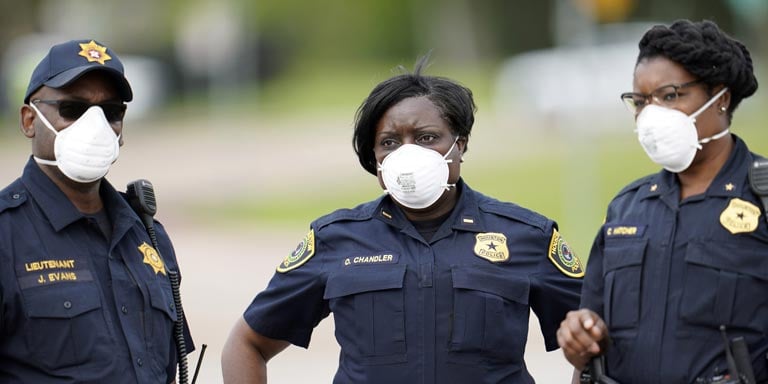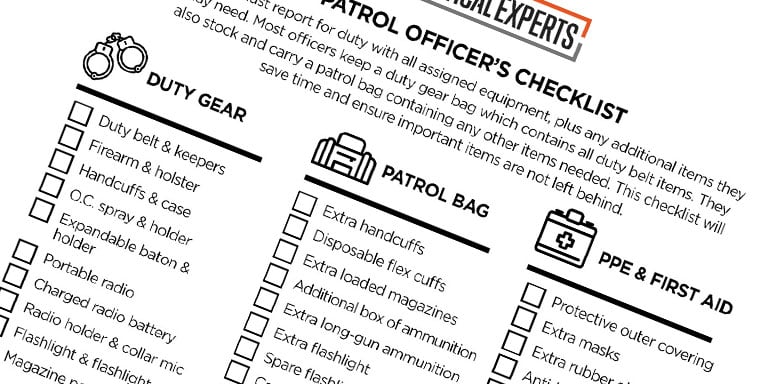
Fire is one of the most destructive forces in nature. Forest fires can consume entire communities and destroy millions of acres of forest. And while fires of this size and scope dominate national and international headlines, most arson investigators focus primarily on residential and commercial property fires.
Arson investigators may work directly for a city's fire department or police department while others may work independently of either department. Arson is a crime that is often used to cover other crimes. For this reason, it is advantageous for arson investigators to work closely with both the fire department and local law enforcement.
It is the job of the arson investigator to determine the cause and origin of a fire. In 2019, the United States Fire Commission estimated that only about four-and-a-half percent of residential fires were set intentionally. In fact, half of all residential fires are related to cooking accidents. The same USFC report estimates that up to ten percent of commercial structure fires are the result of arson. So how do investigators determine whether a fire was accidental or intentional?
In this guide, we'll cover the process by which arson investigators determine the cause of a fire. We'll look at common motives for arson, common ways in which fires are set (both accidentally and purposefully), and how investigators at the scene collect and preserve evidence.
Motives for Arson

When it comes to motives for committing arson, financial motives are some of the most common. For example, if a business is failing, an arsonist may burn the structure and destroy the business's inventory for a large insurance settlement. For this reason, insurance companies often have their own arson investigators. A financial investigation focuses on the business's success, its level of debt, any improprieties (such as fraud or embezzlement) and insurance coverage. Fires have also been set to eliminate or disrupt a business competitor.
During the commission of a crime (such as a burglary), criminals may use fire to destroy evidence of the break-in and conceal the items stolen. Homicide is another crime that criminals may use arson to cover up. The victim of a murder may be left in a building that is then set on fire. The motive is to make it appear that the victim died in the fire.
Revenge is often a consideration in either commercial or residential fires. Intimidation can also be a motivator in arson cases. Those with a political agenda or grievance against a commercial business or government agency may strike with fire as well.
A person who experiences uncontrollable urges to start fires and watch the flames is known as a pyromaniac. In many cases, a pyromaniac may be compelled to remain close enough to the fire to watch the flames at the scene. For this reason, an arson investigation should begin during a fire — not after. A seasoned investigator can often pick a pyromaniac out of a crowd of onlookers.
A good investigator will also look into the person who discovered or initially reported the fire. In some cases, the individual may have a hero complex: they may start a fire, only to “find” it, report it and appear as a hero.
Causes of a Fire
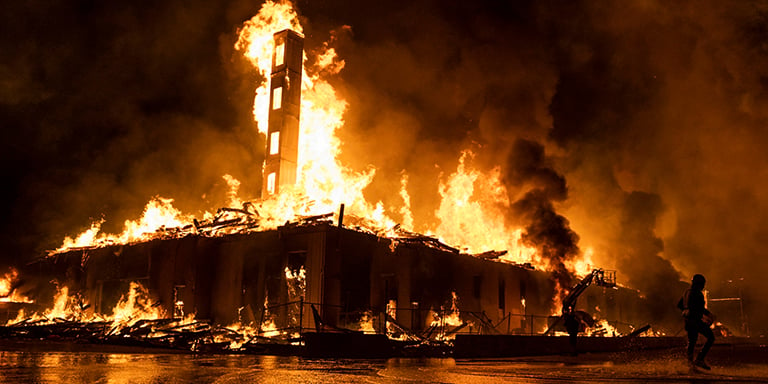
Fires start in one of two ways: intentionally or by accident. Accidents comprise a broad category and must include improperly installed or maintained electrical or heating systems or other equipment failures. Additionally, there are fires that have a natural origin; lightning strikes are a common example.
Those with a financial motive to start an intentional fire typically plan a careful method of arson that may not be detected or may be confused with an accidental fire. Arsonists often attempt to mimic a common system failure, such as an overloaded circuit or shorted electric wires. The problem for the arsonist is that while these failures may start a fire, they're usually not sufficient to cause a large enough fire to engulf a structure.
For this reason, arsonists use accelerants — a highly flammable liquid or gas — to exacerbate a fire. Gasoline is one of the most commonly used accelerants. The substances used by professional arsonists, though, are typically substances already common in their target building. After all, a bucket of gas-covered rags conveniently placed under an electrical panel will send up red flags to any good arson investigator. An experienced arsonist uses an accelerant that fits into the scene of the crime. For example, in a room used to store paint, a can of spilled paint thinner might not stand out. Many novice arsonists still rely on pouring gasoline around as an accelerant. The pour and burn patterns are sure to be identified by investigators.
Well-prepared arsonists incorporate some type of timing device or time delay fuse so they can leave the location and even establish an alibi before the fire starts. The remnants of a timing delay device or a burn pattern indicating the use of a delay fuse are strong indicators of arson. These are usually found at the fire's point of origin.
Locating the origin of the fire itself is essential for arson investigators. Knowing where a fire started can help to explain how the incident may have occurred and can assist investigators in identifying where to find and collect evidence.
Work at the Scene

Ideally, an arson investigator will be called to the scene during the fire. If an investigator is not present during the blaze, the best witnesses are the first firefighters on the scene. One important observation an investigator or firefighter should make is the color of the smoke. Different substances give off different colored smoke, so the color may help identify the type of material being burned. The color of the flames is also vital, as it may indicate the temperature and intensity of a fire at different locations. It can also help identify some accelerants which give off specifically colored flames.
Observations from onlookers may lead an experienced investigator to the arsonist themselves, especially if the arsonist is a pyromaniac. In many cases, the perpetrator may appear highly satisfied or exhilarated by the flames and unable to look away. Other important observations for investigators to make include open doors or windows and items near the scene that are out of place such as a gas can or footprints leading away from the scene.
After the Fire
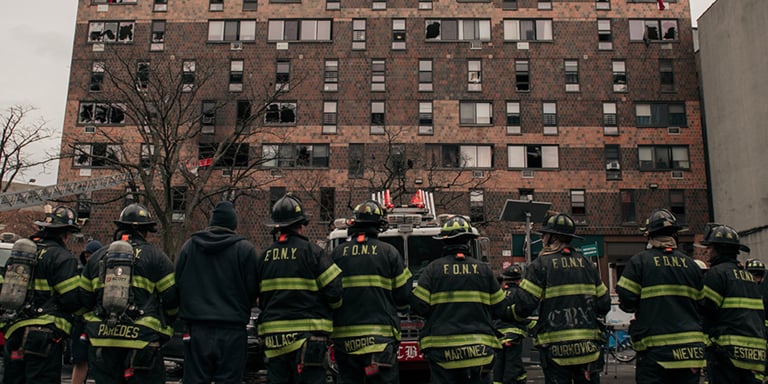
After the fire is extinguished, investigators should maintain the remaining structure as a potential crime scene. Investigators should photograph and record the entire scene. As the investigator walks the crime scene, they should record every square inch and take impeccable notes documenting any item that may be suspicious. Burn patterns and other items may prove crucial later.
The investigator should interview any witnesses who were present at the scene. They should pay special attention to witness observations of persons entering or leaving the building or running from the area. In addition, they should check adjacent buildings and businesses for security cameras that may have captured significant evidence. They should also interview anyone injured by the fire — an inexperienced arsonist may unintentionally burn themselves.
The arson investigator should conduct a careful search of the entire building. They may be able to use information they collected from witnesses and firefighters at the scene to check the location where the smoke and fire first appeared. This may allow the investigator to zero in on the area where the fire originated.
The fire's point of origin is important because if there's any evidence that a fire was set intentionally, investigators will usually find it there. An investigator should conduct a careful search near the point of origin, collecting samples to be tested for traces of accelerants. An examination of the charring of wood near the point of origin may also provide important clues. The depth of the wood charring together with the tightness of the separation in the charred pattern may indicate the presence of an accelerant.
Other Clues Indicating Arson

Whether or not a protective device shows signs of tampering is typically a good indicator of arson. For example, a disabled sprinkler system or a disconnected fire alarm are clear indicators of foul play. Other indicators may include covered or blocked windows. Arsonists may use closed window curtains or shades to help hide the early signs of a fire. The longer the fire goes undetected, the more significant the damage and the greater the difficulty in identifying the fire as a criminal act.
The convenient removal of irreplaceable items in a residence (like fine art or antiques) for cleaning or storage at the time of the fire is a big red flag. So is the timely absence of the beloved family pet during the blaze. When investigating arson cases, coincidences such as these are highly suspect.
The Final Determination
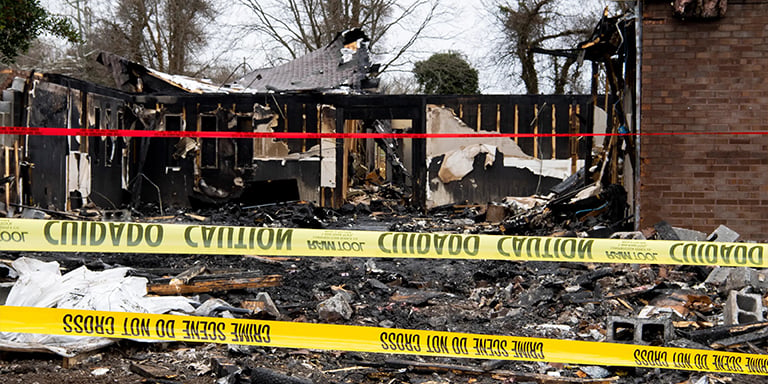
Once all evidence is collected and the scene is properly documented, the investigating officer will release the scene. Other officials may become involved in determining if the structure is safe to be cleared, or if the remaining structure must be demolished.
There are usually three outcomes when determining the cause of a fire. A fire may be deemed accidental, intentionally set or undetermined. The finding that the fire was accidental will close the investigation due to lack of evidence of any foul play. The determination that a fire was intentionally set will intensify the investigation, and officials will start looking for motives, opportunities and those who would benefit from the fire. Insurance companies often hire additional experts, as no insurer wants to pay out a fraudulent insurance claim.
It is difficult in many cases to come up with a concrete determination of whether a fire was accidental or intentional. Oftentimes, the fire destroys most of the evidence. The more extensive the fire, the more complex the arson investigators' job. The thousands of gallons of water used to fight the fire may further destroy essential clues about the cause of the blaze.
In such cases, the cause of a fire may be ruled undetermined. This may mean that the cause is still actively under investigation, but there is insufficient proof to declare the fire intentional. While newspapers may speak of a fire being suspicious, investigators need more than suspicion and will continue their investigation. An undetermined cause may only be waiting for confirmation of laboratory analyses in identifying accelerants at the scene. Once the results come in, investigators can make a determination.
The work of an arson investigator is challenging. Arson investigation is a specialized field of study that will call on expert knowledge, excellent powers of observation and veteran interview skills to apprehend these clever criminals. Many fires are explicitly set to hide another crime or are engineered to look like an accident. Well-trained investigators must sift tirelessly through badly burned clues in the hope of identifying those who have worked equally hard to deceive and remain unknown.
Did you find this article helpful?


